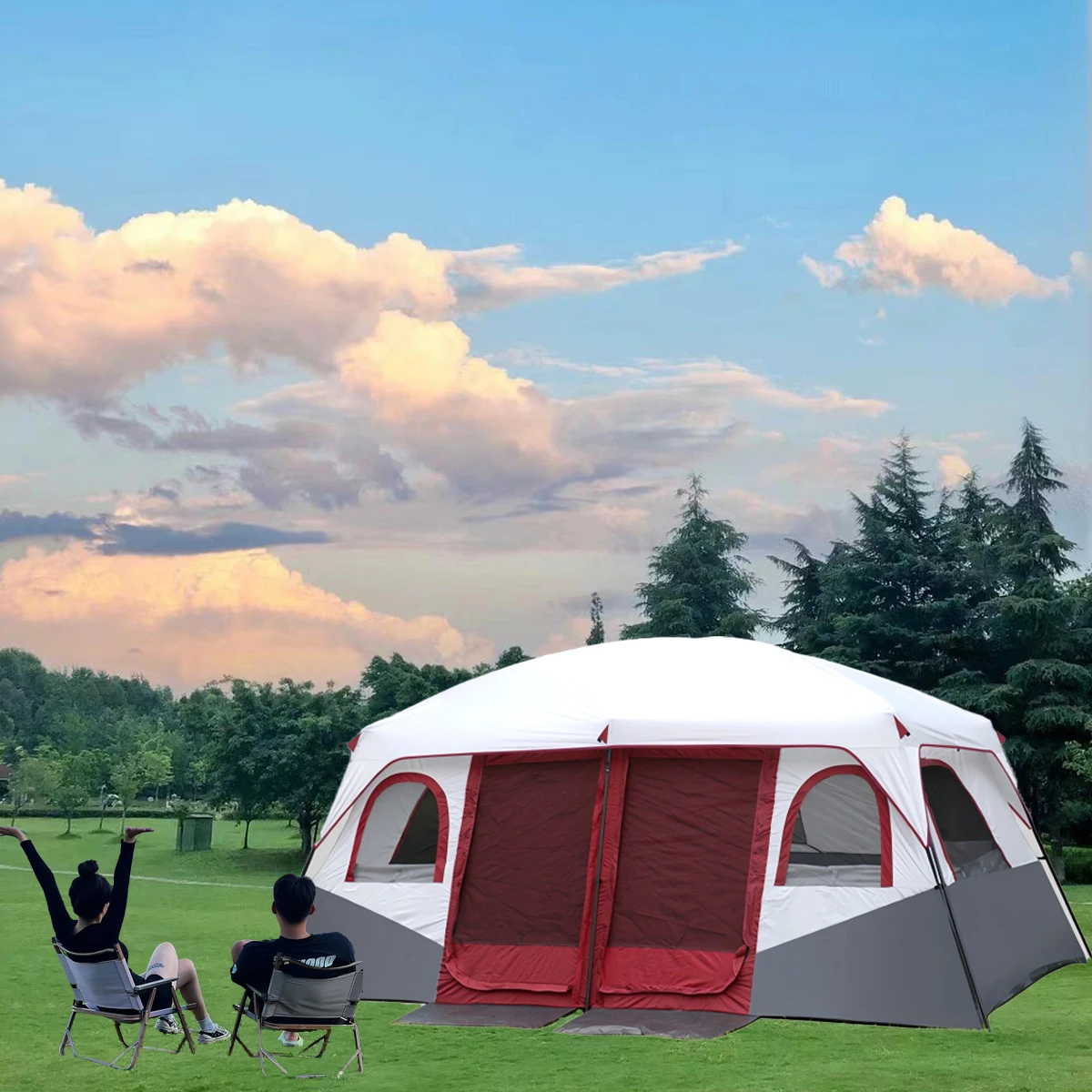Ultralight vs. Traditional Tents: Which Is Right for You?
Ultralight vs. Traditional Tents: Which Is Right for You?
When it comes to camping, choosing the right tent is one of the most important decisions you’ll make. The type of tent you bring can affect your comfort, safety,

and overall enjoyment of the trip. Among the many choices available, ultralight and traditional tents stand out as two popular options. But which one is best for you?
In this guide, we’ll compare ultralight and traditional tents, discussing their pros and cons, and helping you determine which one best suits your camping style.
What Are Ultralight Tents?
Ultralight tents are designed to be as lightweight as possible, making them a favorite among backpackers, thru-hikers, and minimalist campers. These tents often use lightweight materials like silnylon, Dyneema, or ultralight polyester, and they prioritize compactness and efficiency.
Pros of Ultralight Tents
- Lighter Weight – The primary advantage of ultralight tents is their minimal weight. A traditional tent can weigh anywhere from 4 to 7 pounds, while an ultralight tent can weigh as little as 1 to 3 pounds. This weight difference is significant for long-distance hikers who need to reduce their pack load.
- Compact Size – Because they use lightweight materials and have fewer structural components, ultralight tents pack down much smaller than traditional tents. This frees up space in your backpack for other essentials.
- Ideal for Solo or Fast-Paced Camping – If you’re trekking long distances, speed and efficiency are crucial. An ultralight tent allows you to move quickly without being weighed down.
- Easier to Set Up – Many ultralight tents use trekking poles as their main support, eliminating the need for extra tent poles. This reduces setup time and complexity.
Cons of Ultralight Tents
- Durability Concerns – The lighter materials used in ultralight tents are often less durable than the heavier fabrics used in traditional tents. This makes them more prone to rips and wear over time, especially in harsh conditions.

- Limited Space – Ultralight tents are designed to be compact, which means they often have less headroom and floor space. This can be uncomfortable for campers who like extra room to move around.
- Less Weather Resistance – While some ultralight tents perform well in harsh weather, many are designed primarily for fair-weather conditions. They may struggle in heavy rain, snow, or high winds compared to traditional tents.
- Higher Cost – High-quality ultralight tents often come with a hefty price tag due to the expensive materials used in their construction.
What Are Traditional Tents?
Traditional tents are the classic, more robust camping shelters designed for durability, comfort, and versatility. They tend to be heavier and bulkier than ultralight tents but offer increased space and protection.
Pros of Traditional Tents
- Greater Durability – Traditional tents use tougher materials like thick nylon or polyester and reinforced poles, making them more resistant to wear and tear.
- More Spacious – These tents are typically larger, with more headroom, vestibules for gear storage, and the ability to comfortably accommodate multiple people.

Traditional Tent - Better Weather Protection – Traditional tents often have thicker rainflies, stronger poles, and more reinforced seams, making them more capable of handling harsh weather, including heavy rain, snow, and strong winds.
- More Affordable Options – While high-end traditional tents can be expensive, budget-friendly options are more widely available compared to ultralight tents.
Cons of Traditional Tents
- Heavier Weight – The biggest drawback of traditional tents is their weight. Carrying a 5 to 7-pound tent can be a burden on long hikes.
- Bulky When Packed – Traditional tents take up more space in a backpack, which can be a disadvantage if you’re trying to pack light.
- Longer Setup Time – With more poles and components, traditional tents can take longer to set up compared to ultralight models.
Which Tent Should You Choose?
Your choice between an ultralight and a traditional tent depends on your specific camping style, priorities, and personal preferences. Here are some factors to consider:
Choose an Ultralight Tent If:
- You are a backpacker or thru-hiker who prioritizes weight reduction.
- You frequently hike long distances and need to move quickly.
- You prefer minimalist camping with just the essentials.
- You camp mostly in mild weather conditions.
- You’re willing to invest in high-end, lightweight materials.
Choose a Traditional Tent If:
- You prefer car camping or short-distance hikes where weight isn’t a major concern.
- You value comfort, space, and durability over weight savings.
- You camp with family or in larger groups.
- You need reliable shelter for all-season weather conditions.
- You want a more budget-friendly tent option.
Final Words
Both ultralight and traditional tents have their place in the camping world. Ultralight tents excel in mobility and efficiency, while traditional tents offer better durability, comfort, and protection. The best tent for you depends on how you plan to use it.
If you prioritize speed and lightweight gear, go with an ultralight tent. If comfort, space, and durability matter more, a traditional tent is the way to go.
No matter which option you choose, the most important thing is to pick a tent that suits your adventure and helps you enjoy the great outdoors.
